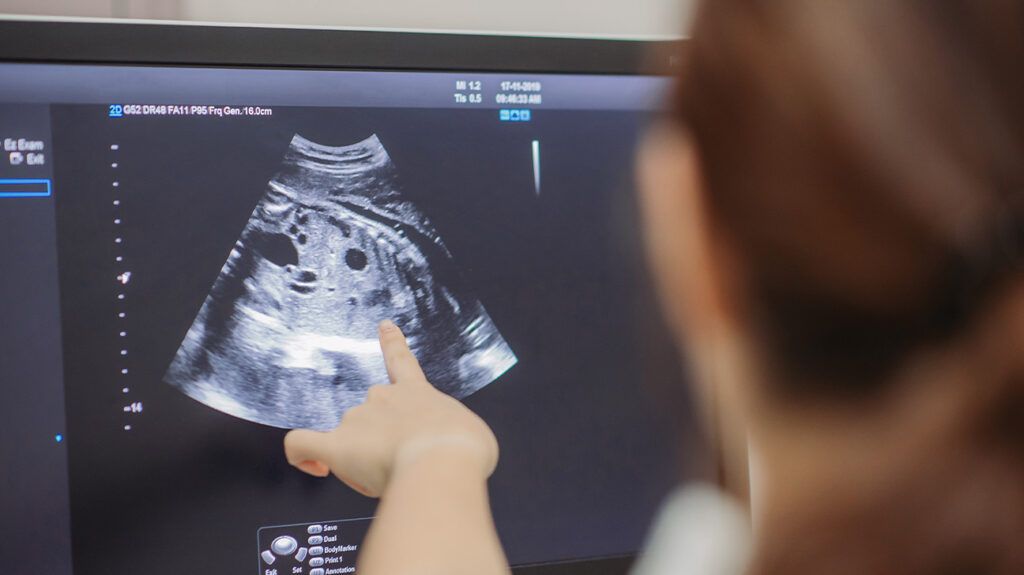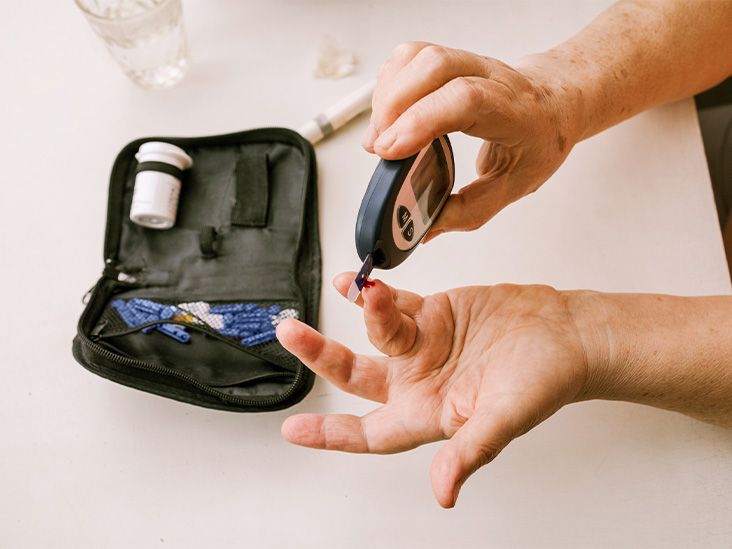Ovarian cysts can be simple or complex. Complex ovarian cysts are those that contain either blood or a solid substance. They are more likely to require treatment.
Simple cysts are relatively common and usually clear on their own. Complex cysts are more likely to need treatment. Most ovarian cysts are benign, meaning that they are noncancerous.
In this article, we look closely at complex ovarian cysts, including their causes, symptoms, and treatments.

Ovarian cysts are small sacs that form in or on an ovary. Ovarian cysts can be simple or complex, depending on the substances inside them.
Complex cysts are less common than simple cysts. Either blood or a hard substance fills complex cysts. Unlike simple cysts, complex cysts are not related to the typical menstrual cycle.
Most cysts are not harmful. According to the
The different types of complex ovarian cysts include:
- Endometriomas: This type occurs when the cells of the uterine lining grow in or around the ovaries or on the uterus. Endometriomas contain a thick brown fluid.
- Dermoids: Skin, hair, fat, or teeth cells make up dermoid cysts.
- Cystadenomas: These cysts are made of ovarian tissue and contain mucus or fluid.
Simple cysts
Simple cysts are filled with fluid. Monthly ovulation will often include the formation of cysts, and they are not usually a cause for concern. When they don’t cause any problems, they are called functional cysts.
A person with complex ovarian cysts may not experience any symptoms. People may only discover them during medical exams for other conditions or symptoms.
If complex ovarian cysts do cause symptoms, people may notice the following:
- pressure or bloating in the abdomen
- general pain in the lower abdomen
- vomiting or nausea if the cyst causes the ovaries to bend or twist
- an urgent or frequent need to urinate if the cyst pushes on the bladder
- a severe pain that comes on rapidly if the cyst bursts
If a person has endometriomas, they may have additional symptoms that include:
- constipation
- diarrhea
- fatigue
- nausea
- pain during sex
- pain during periods
- issues with fertility
- pain during bowel movements or urination
People should see their doctor if they experience severe pain in the abdomen, a fever, and vomiting.
The most
- endometriosis
- pregnancy
- hormonal imbalances
- severe pelvic infections
In many cases, a cyst will clear on its own without treatment. However, if a doctor suspects that someone has an ovarian cyst, they will typically conduct a pelvic examination.
A doctor may perform an ultrasound scan to identify the type and location of any cysts. They may take blood samples to look for proteins that might indicate if a person has cancer.
Most complications from complex ovarian cysts are minor, but some may be more severe. Complications of complex ovarian cysts
- If a cyst grows too large, it can press against the bladder, causing a frequent need to urinate.
- An enlarged cyst may also push the ovary out of its usual position in the body.
- An ovarian cyst can cause ovarian torsion, where the ovary twists. This can be very painful.
- A person may develop fertility issues because of cysts on the ovaries.
- In rare cases, ovarian cysts can develop into ovarian cancer.
If a cyst ruptures or hemorrhages, a person may experience severe symptoms, including:
- nausea and vomiting
- severe pain
- fast breathing
- abnormal vaginal bleeding
- fever
- dizziness
Complex cysts are more likely to need treatment than simple cysts.
According to the OWH, between
A doctor may recommend surgery when a cyst becomes too large, interferes with the ovary or other organs, or is painful.
A surgeon will often use laparoscopy to remove an ovarian cyst. Here, the medical team places the individual under general anesthesia, and the surgeon performs keyhole surgery, using small entry points, to remove the cyst.
Here are some frequently asked questions about ovarian cysts.
Who is prone to ovarian cysts?
Most people who have periods develop at least one follicle or corpus luteum cyst
What is the main cause of ovarian cysts?
In some cases, the exact cause of ovarian cysts is unclear.
They commonly occur in people who have regular periods. Endometriosis, which is when the lining of the uterus grows outside of the uterus, can cause cysts, as can polycystic ovary syndrome (PCOS). Cancerous ovarian cysts are rare.
Do cysts run in the family?
Some conditions that can cause ovarian cysts can run in families. For example, endometriosis is a potentially hereditary condition that can cause a type of benign ovarian cyst called an endometrioma.
What age is at risk for ovarian cysts?
Ovarian cysts are more common once a person begins ovulating and before menopause. Ovarian cysts that occur postmenopause are at higher risk of ovarian cancer. A person should contact a doctor at any point that they believe they have an ovarian cyst.
Most complex ovarian cysts are benign and may not cause symptoms. However, if the cyst grows too large, a person may experience pain or discomfort.
An enlarged cyst may push against the bladder, cause abdominal pain, or interfere with fertility. If a person requires surgery, full recovery is typical.
If someone suspects an ovarian cyst, they should speak with their doctor to find the best course of action.


